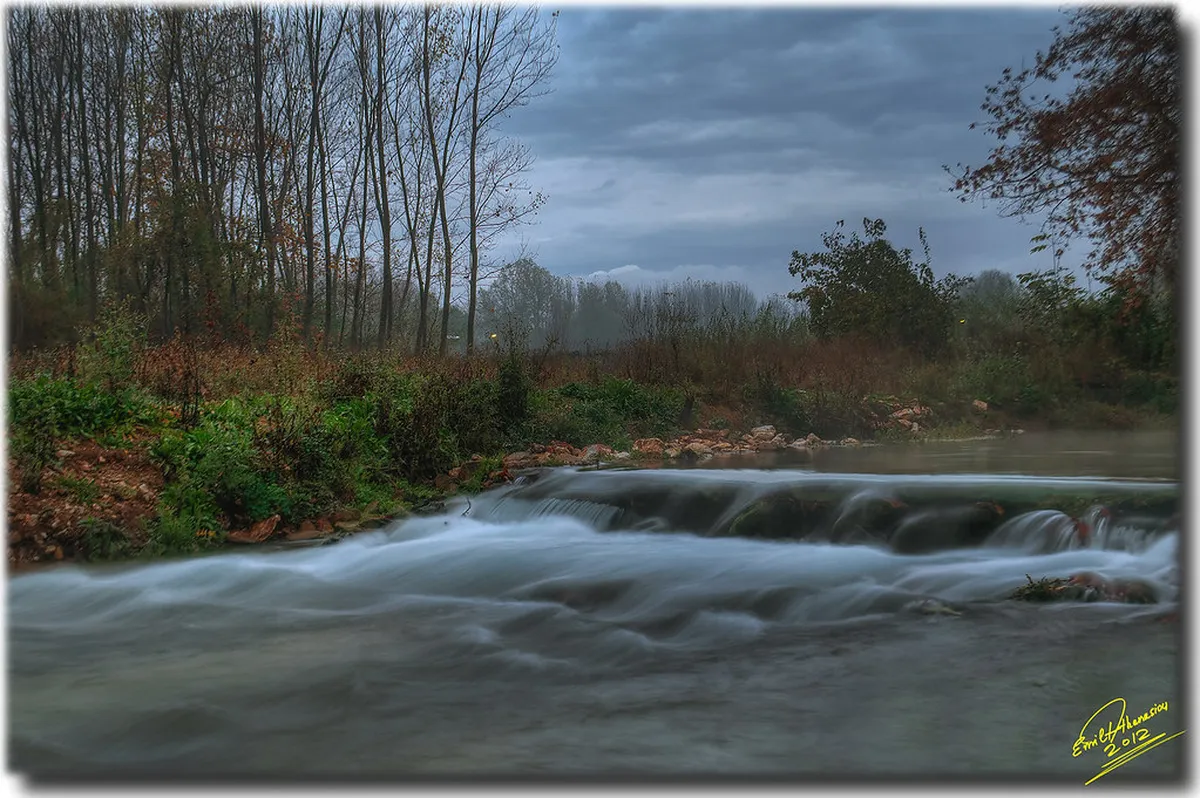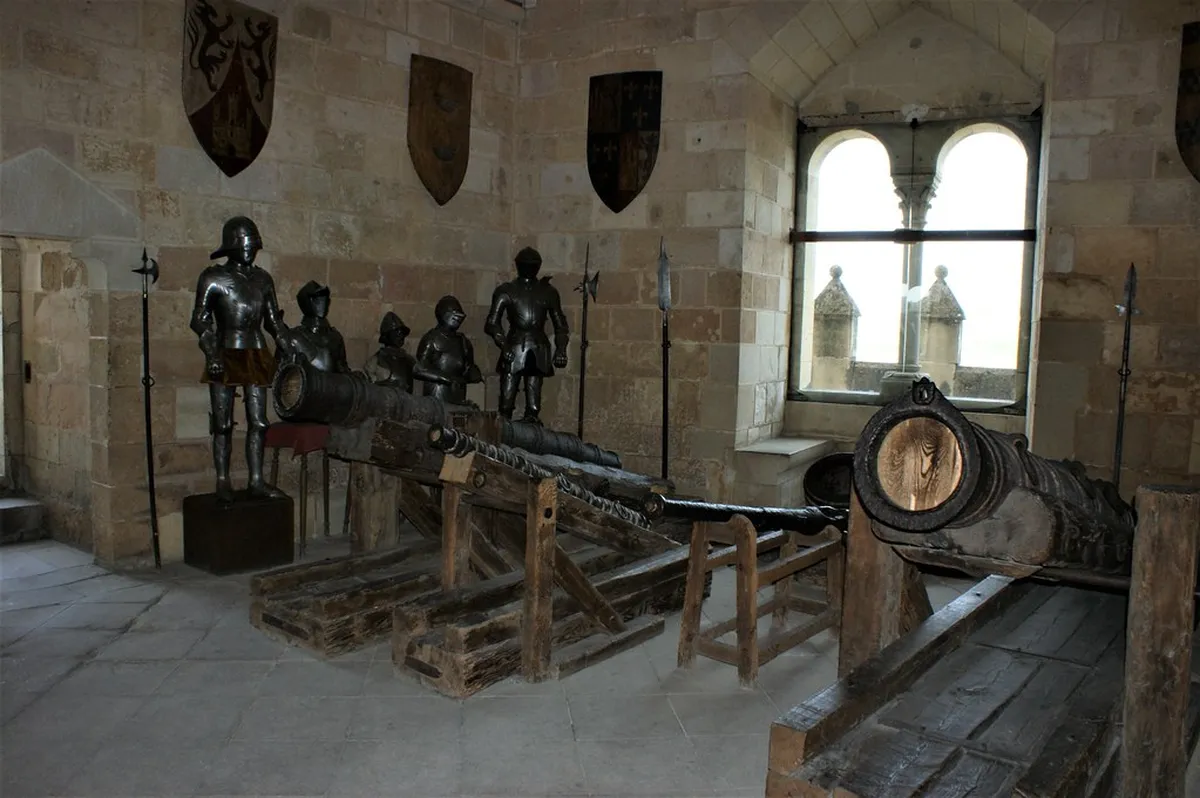Explore Ostend's Rich History: Your Ultimate Sights Route Guide
Discovering Ostend's rich history makes for an unforgettable journey. This beautiful coastal city in Belgium offers many captivating stories. Our expert guide helps you explore the best Ostend historical sights route. You will uncover hidden gems and famous landmarks in 2025.
This route highlights significant architectural and cultural sites. Prepare to delve into Ostend's past, from medieval roots to wartime resilience. For a complete overview, check our comprehensive Ostend sightseeing itinerary. Begin your historical adventure through this fascinating Belgian destination.
Maritime Legacy: Ostend's Coastal Story
Plan this trip faster with our free online itinerary maker. Get a personalized day-by-day plan in minutes.
Ostend has always been defined by its deep connection to the sea. The city's port played a vital role in trade and defense for centuries. Explore the historic Visserskaai, or Fishermen's Quay. You can still feel the echoes of its bustling past here.
Visit the famous Mercator sailing ship, a magnificent three-masted vessel. It served as a training ship and scientific expedition vessel. Today, it stands as a proud museum ship. Guided tours explain its impressive voyages and history.
Entry to the Mercator is around €8 for adults. It typically opens from 10 AM to 5 PM. Check their official website for 2025 specific timings. This landmark offers great insight into maritime life.
Another significant spot is the Amandine Museum Ship. This former Icelandic trawler showcases traditional fishing methods. It provides a stark contrast to modern industrial fishing. Learn about the tough lives of fishermen.
The coastal location also shaped Ostend's defenses. Early fortifications guarded the city against invaders. Understanding this heritage is key to Ostend's cultural itinerary. The sea truly shaped every aspect of life here.
Royal Residence and Belle Époque Splendor
Ostend gained significant prominence under King Leopold II. He transformed the city into a fashionable seaside resort. His vision created many of the grand buildings we see today. Discover the Royal Galleries, an elegant colonnade facing the sea.
These galleries were built between 1902 and 1907. They connect the Hippodrome racecourse to the royal chalet. Strolling along them feels like stepping back in time. Imagine the Belgian aristocracy enjoying their seaside holidays here.
The Thermae Palace hotel is another architectural marvel. It once hosted royal guests and dignitaries. Its art deco design is quite impressive. Consider staying here for a truly historic experience.
The former Royal Chalet itself, while not open to the public, is a notable landmark. Its grounds offer a glimpse into royal life. These sites form a crucial part of any Ostend's famous landmarks tour. The royal influence is evident everywhere.
Plan your visit during a sunny day to fully appreciate the architecture. Combine this with some Ostend beach sightseeing. The Belle Époque era left an indelible mark on Ostend's character. It truly became the 'Queen of the Belgian Coast.'
Wartime Echoes: Fortifications and Memorials
Ostend bears deep scars from both World Wars. The city was strategically important for occupying forces. You can still explore remnants of these conflicts today. Visit Fort Napoleon, built by Napoleon Bonaparte in 1811.
This impressive fort was designed to protect the port from British attacks. It later served as a German base during WWI and WWII. The fort is now a fascinating museum. Tickets cost around €10 for adults in 2025.
Plan about 1.5 to 2 hours for a thorough visit. It opens daily from 10 AM to 5 PM. You can find up-to-date information and Ostend ticket prices guide online. The fort offers a panoramic view of the coastline.
The Atlantic Wall Open-Air Museum is another crucial site. It features bunkers, trenches, and artillery pieces. These structures were part of Hitler's massive defense line. This museum is located a short tram ride away. Find details on the Ostend tram route guide.
This museum provides a sobering look at history. It helps visitors understand the scale of wartime efforts. Allow at least two hours to explore this extensive complex. It is a powerful reminder of Ostend's resilience.
Art and Culture: Beyond the Usual Path
Ostend also boasts a rich artistic heritage. Many artists have drawn inspiration from its unique coastal light. The city was home to James Ensor, a famous Belgian artist. His former house is now a museum.
The James Ensor House offers a glimpse into his life and work. It is located at Vlaanderenstraat 27. The museum is open Tuesday to Sunday from 10 AM to 5 PM. Entry fees are approximately €12 for adults.
This museum is perfect for art enthusiasts. It provides context to Ensor's unusual and influential art. Learn about his impact on modern art movements. It's a wonderful stop on any what to do in Ostend list.
Explore other cultural spots around the city. The Mu.ZEE art museum showcases Belgian art from 1830 onwards. It includes works by Ensor and other prominent artists. This museum complements the historical route well.
Planning Your Ostend Historical Sights Route for 2025
Creating your perfect historical journey is easy. Start by deciding how much time you have. An Ostend 1-day itinerary covers highlights. A longer stay allows for deeper exploration.
Wear comfortable shoes for walking between sites. Many historical locations are walkable from the city center. Consider using Ostend public transport tips for longer distances. Trams are efficient and connect key attractions.
Consider booking tours in advance, especially during peak season. Guided tours offer valuable insights into each site's history. You can book an Ostend city tour to optimize your time. Many focus specifically on historical aspects.
The best time to visit Ostend for historical exploration is spring or fall. These seasons offer pleasant weather and fewer crowds. Summer can be busy, but the atmosphere is lively. Always check opening hours and prices for 2025 before your visit.
Remember to grab a best Ostend attractions map. This will help you navigate the city efficiently. Enjoy discovering every corner of Ostend's fascinating past.
Frequently Asked Questions
What are the most important historical places in Ostend to see?
Ostend boasts several key historical sites. Visit Fort Napoleon for military history insights. The Royal Galleries showcase Belle Époque architecture. The Mercator sailing ship offers a glimpse into maritime heritage. These spots are essential for any visitor.
How long does it take to explore the main historical sights in Ostend?
You can see the main Ostend historical sights in one full day. A 2-day itinerary allows for deeper exploration. This provides more time for museums and leisurely walks. Consider your interests when planning your visit.
Are there any free historical attractions in Ostend?
Yes, many areas offer free Ostend sightseeing opportunities. You can walk along the Royal Galleries without charge. Exploring the Visserskaai and harbor is also free. Enjoy the architectural beauty of city center buildings.
Ostend offers a captivating journey through history. Its maritime tales, royal connections, and wartime resilience stand out. This Ostend historical sights route provides a rich experience for all visitors. You can uncover layers of heritage with ease.
Plan your visit for 2025 and immerse yourself in Belgian culture. For more detailed planning, consult our full Ostend walking tour guide. Start your historical exploration in this beautiful coastal city today!
Key Takeaways
- Ostend's history spans maritime, royal, and wartime periods.
- Allocate sufficient time for key sites like Fort Napoleon and Mercator.
- Utilize walking and public transport for an efficient historical route.
- Spring and fall offer the best conditions for historical sightseeing.
- Always check 2025 opening hours and ticket prices in advance.



